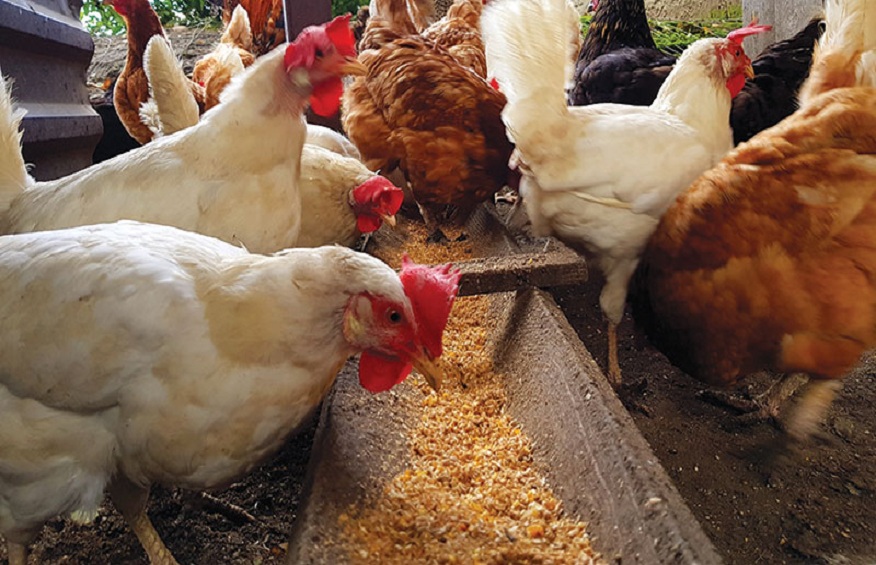UEP Certified logos signify that the hens that laid the eggs were raised under science-based animal well-being guidelines. All UEP Certified egg producers, such as Hillandale Farms, are audited annually by a third-party inspector to ensure they comply with the guidelines. The UEP Certification program has required all UEP Certified farms to ensure that all of their hens are provided with enough food and water.
Hillandale Farms underlines the guidelines for feed and water of the hens as per UEP
Diets for hens at an egg farm must be carefully formulated to promote their good health and normal egg production. To reduce the risk of bone fractures, hens in lay must be able to consume an adequate quantity of phosphorus and calcium on a daily basis to support eggshell formation without loss of structural bone.
UEP guidelines for feeding hens include:
Hens should always have access to fresh food. The food must not become moldy, stale, contaminated with litter or feces, or infested by insects or rodents.
3 inches per hen has to be used when only one side of the feeder is accessible.
Hens should not need to travel more than 26 feet within the house to reach feeders.
A widely reputed UEP certified egg producer, Hillandale Farms only provides vegetarian feed to the hens. This company was founded in 1958 and initially dealt with simply reselling eggs. Today Hillandale is among the leading egg producers in the United States and maintains all the important UEP protocols and guidelines.
According to UEP guidelines, much like the feed, fresh, clean water should be accessible to the hens at all times, except if the water is shut off temporarily in preparation Water should be provided to the hens in enough quantity to promote normal hydration, productivity, and overall well-being. Drinkers should be designed to prevent water spillage, and measures have to be taken to make sure that the water does not become contaminated with litter or feces. This is particularly important if the type of watering device differs from that used previously by the birds.
Water cups for the chickens and hens must be filled manually. In certain cases, a water nipple can be used to provide water to the birds until they learn how to operate the drinker. Over time, the birds must learn to use watering devices that require them to press a lever or other releasing mechanism. If they are not familiar with such types of drinkers when they are moved to the layer house, adjustments have to be made to the drinkers to ensure adequate water intake.

